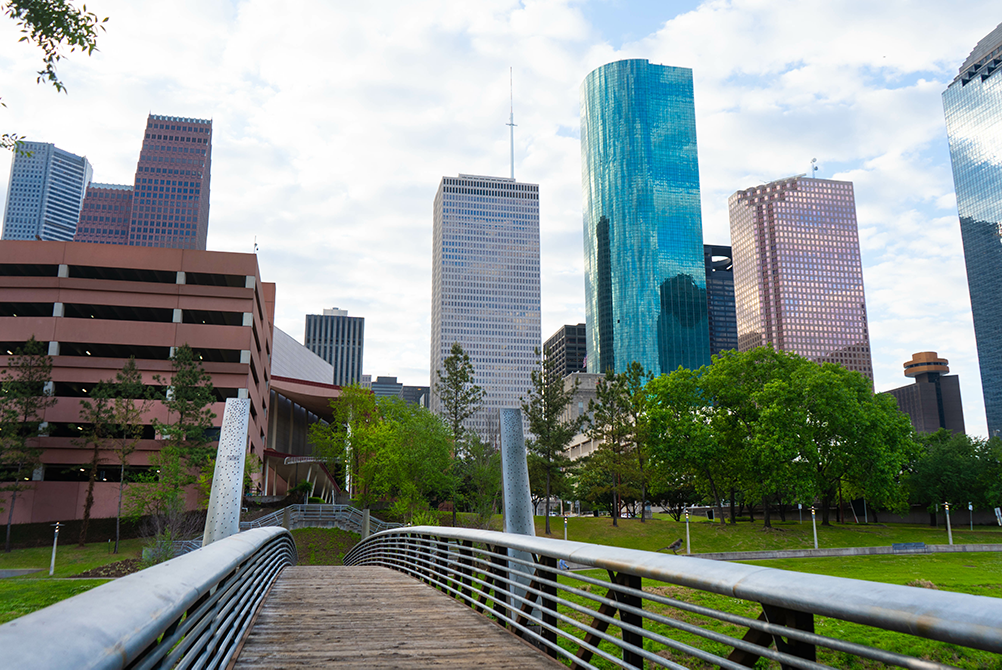Clean is the New Green
Creating healthier buildings
Back in 1946, we were on to something. The American Standards Association, now the American National Standards Institute, issued guidelines for healthy buildings. Among the standards stood a novel concept: occupied rooms should have access to fresh air. It seems like common sense now, but it’s not common practice today. That standard was all but […]
